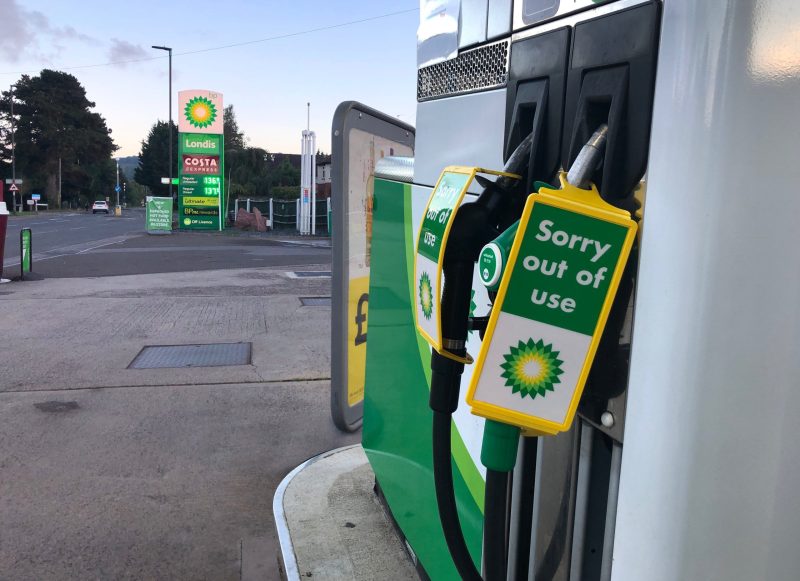BP’s Chief Executive Officer has reportedly made a significant strategic shift, opting to refocus on fossil fuels and move away from the previous target of a 20-fold increase in renewable energy generation by 2030.
This decision comes in response to investor concerns over earnings and aims to address those concerns directly, Reuters reported on Monday.
The move represents a departure from the company’s previous emphasis on renewable energy and signals a renewed focus on traditional energy sources.
Reuters reported in October that BP had already dropped its target to cut oil and gas output by 2030.
In recent years, BP’s shares have underperformed compared to its rivals.
BP’s CEO Murray Auchincloss will announce to investors at the company’s capital markets day on Wednesday that the company plans to drop its target to increase renewable generation capacity by 20 times between 2019 and 2030 to 50 gigawatts.
This change in strategy was not previously announced.
Renewable generation capacity
BP’s earnings reports indicated that the company had 8.2 GW of renewable generation capacity.
In 2019, its net wind generation capacity reached 926 megawatts. The total renewable capacity for 2019 was not provided.
BP has also decided to replace its target of reaching $49 billion in core earnings (EBITDA) this year with an annual percentage growth target, according to the report.
BP has not yet formally announced any decision but has indicated to analysts that it may abandon its targets.
The company had previously set an EBITDA target of 40.9 billion for 2024, which it was unable to achieve.
The company intends to announce plans to sell off assets and reduce investments in other low-carbon projects to decrease debt and improve returns.
The capital markets day was initially planned for February 11 in New York but was rescheduled to Wednesday in London due to Auchincloss’s medical procedure.
Major energy companies are once again prioritising oil and gas due to the rebound in fossil fuel prices from pandemic lows.
Shift in sectors
This shift comes after a period of portfolio diversification in response to climate change concerns and the need to reduce carbon emissions.
The change in the narrative had also gained momentum after the re-election of the US President Donald Trump, who is a staunch supporter of fossil fuels.
BP is facing mounting pressure after activist investor Elliott Investment Management acquired a stake of almost 5% in the company.
Elliott, known for pushing changes at companies like Honeywell and Southwest Airlines, is demanding an overhaul at BP, including tighter cost discipline.
According to the report, Elliott also wants BP to scale down its green energy spending and sell assets such as wind and solar.
BP could unlock value and increase share buybacks by selling its Castrol lubricants and its network of service stations.
In 2020, BP, under the leadership of then-CEO Bernard Looney, committed to a 40% reduction in oil and gas production by 2030, while simultaneously aiming for rapid growth in the renewables sector.
The 2023 reduction target was lowered to 25% by BP.
Additionally, Auchincloss has reduced investments in renewables and intends to cut costs and staff by 5% since taking office.
Analysts at Bank of America have indicated that BP could announce cuts to its annual low-carbon capex by $2-$3 billion on Wednesday.
BP’s 2024 capital spending was $16.24 billion.
The post BP reverses course on renewables, focuses on oil and gas amid investor pressure appeared first on Invezz


